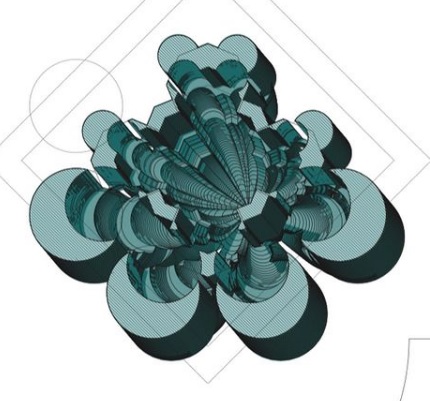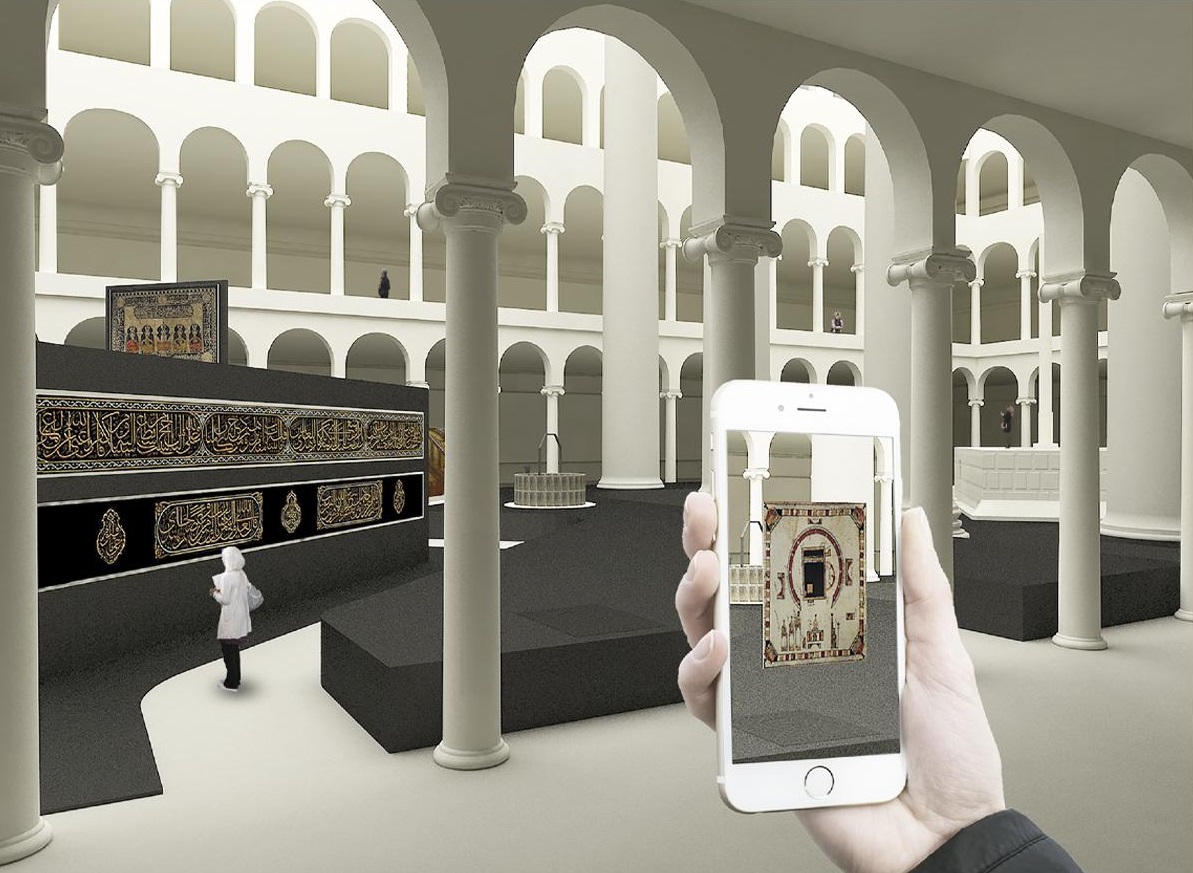Ezinneka Emeh and Eithar Alsayigh Win 2020 AIA|LA 2x8 Awards
BArch student Ezinneka Emeh and MID student Eithar Alsayigh were honored with AIA|LA 2×8 Awards. The 2×8 annual exhibition showcases exemplary student work from 16 Architecture and Design Universities throughout California to celebrate the diversity of architectural philosophy and encourage conversation around the central theme of housing.
This year’s theme reflects on the dialogue surrounding housing in Los Angeles and other urban centers across the country. Students were encouraged to submit presentation materials and 3D models that respond to the theme with innovative solutions.

Studio 2A: Partially Similar
Ezinneka Emeh
Variations (of 9 created using grasshopper software) of a parent plans. The first part of the project was recreating the plan and section of a precedent using geometrical shapes. Ezinneka’s precedent consisted mainly of circles and polygonal shapes. The studio, Partially Similar, investigated symmetry in architecture through a study of the part to whole relationships present in centrally planned architecture. Students began with the study of centrally planned precedents developing and expanding their understanding of symmetry and polygonal geometry.

IDES 660
Eithar Alsayigh
Eithar Alsayigh is an MID thesis student of Heather Scott Peterson and her project was called “Inside the KAABA: An exploration of admittance”. As Eithar explains, “This project will utilize AR (augmented reality) to help access one of the least admissible interiors in the world, the Kaaba in Mecca, Saudi Arabia. Of the 7.8 billion people on earth, only its 1.8 billion Muslims have religious access to the holy site, but even within the Muslim population, the interior of the Kaaba is restricted to it’s guardians for two days a year. This project will take the form of an exhibition at the National Building Museum in Washington D.C., displaying original parts of the Kaaba alongside physical facsimiles with AR-enhancement, and ask questions regarding how we visualize and exhibit architecture, and how we rethink its admission.”